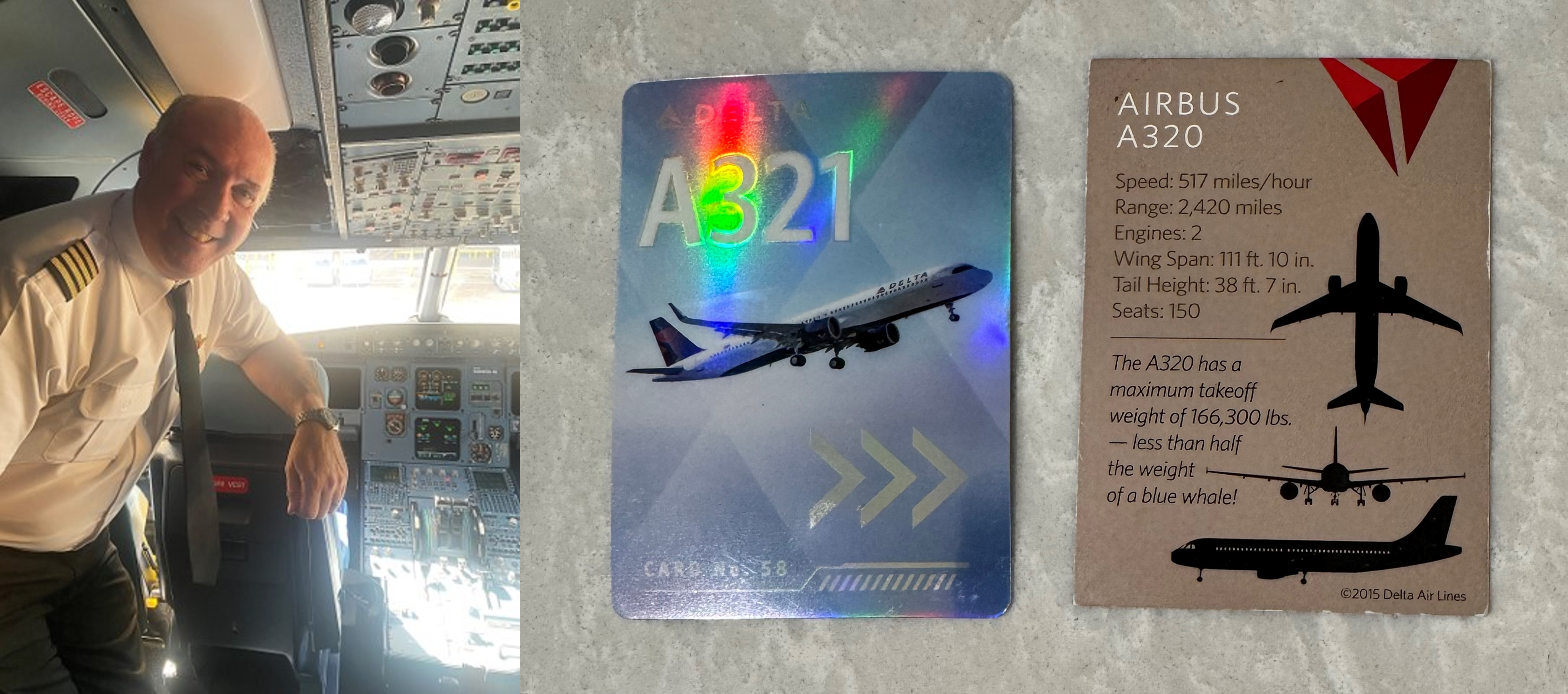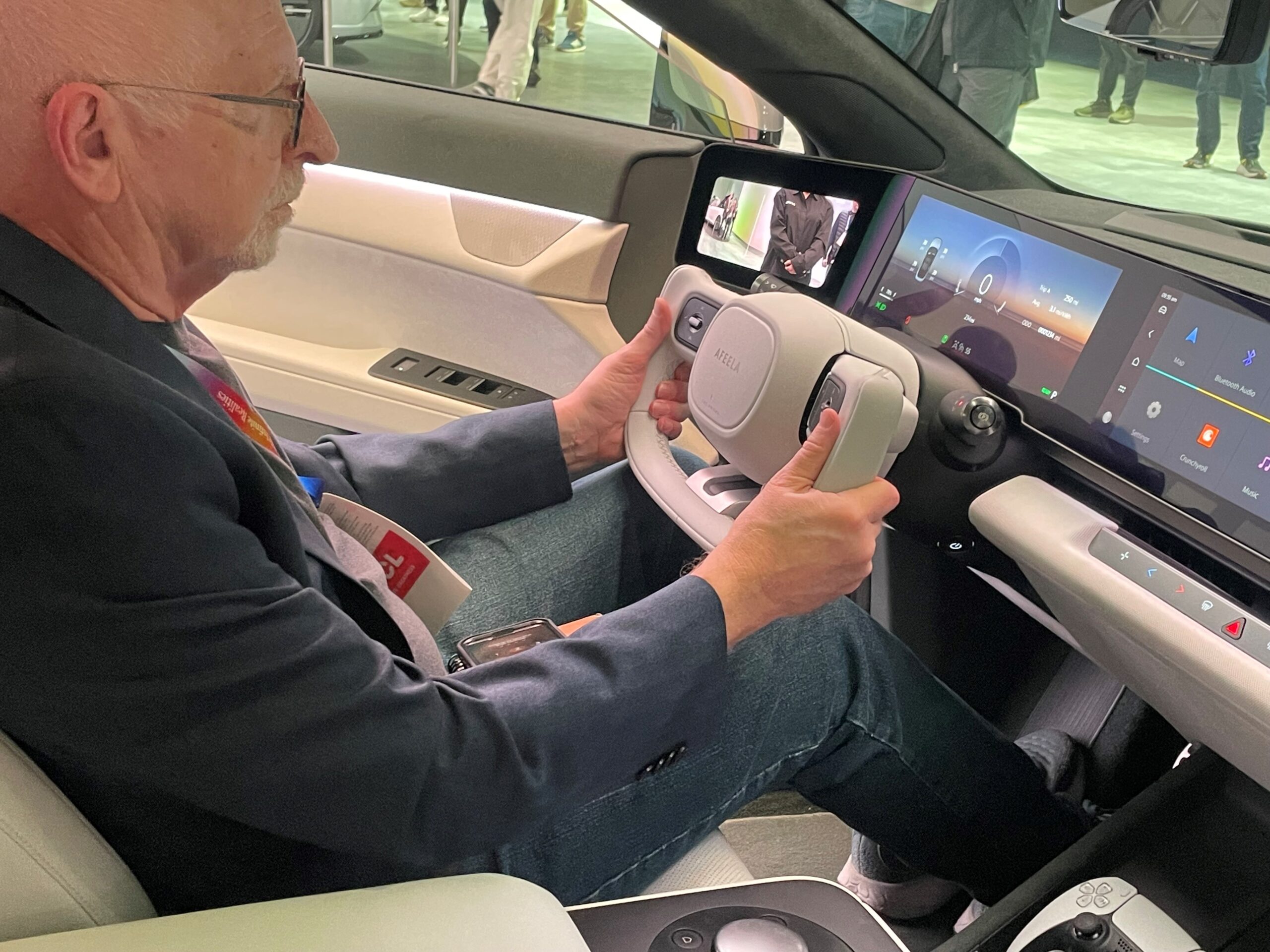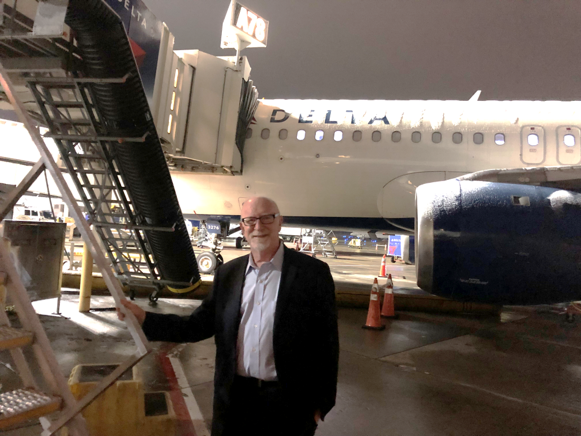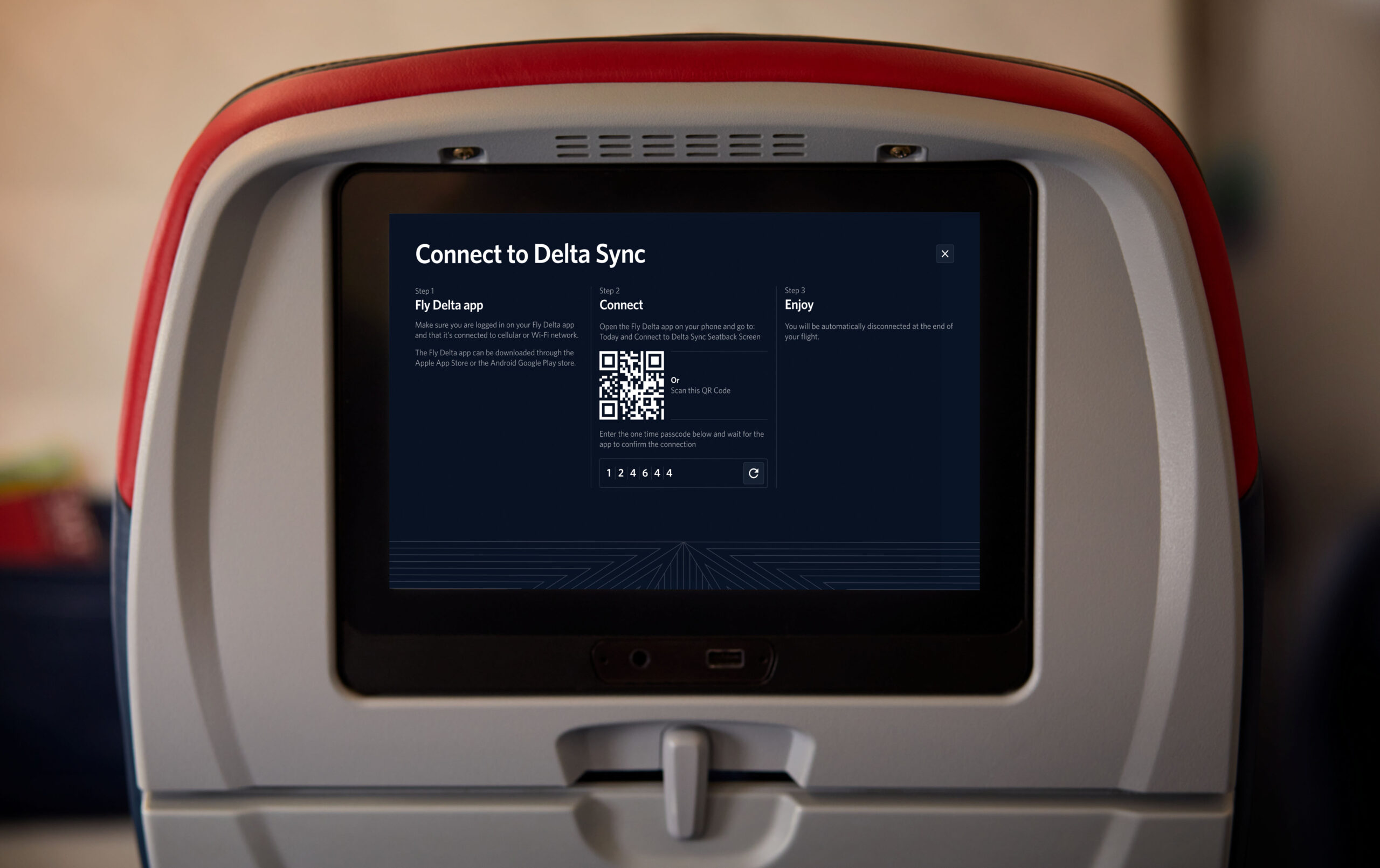
Photo/Casey Sykes, Rank Studios)
As a long-time attendee of CES, you get used to some of the platitudes people use to describe this bigger-than-life event. In recent years, CES has been branded as “the most powerful tech event in the world.” Hard to argue with a gathering where 140,000+ attend year in and year out, as well as one that drives media coverage for many days running. “What’s the coolest thing you saw at CES?” ought to be another standard way the Consumer Technology reaps tons of afterglow from CES.
And there are the secondary descriptors, ones that the executive team at CTA repeats like a mantra. The idea of “serendipity” – that while you’re on the way to see something you’re interested in or excited about, you bump into an innovation, a gadget, a platform, or an exhibit even more and more amazing and inspiring. And the fact is, this is true. If you expend the time and energy to explore at CES, I can guarantee you’re going to run into something that’s both unexpected and awesome.
And then there’s an interesting notion I’ve heard articulated many years in a row:
“Every company is a tech company.”
We expect to see Amazon, LG, Sony, Panasonic, and other established technology companies at CES. But we don’t expect to see John Deere, Walmart, the U.S. Department of Homeland Security, DHL, Goodyear, or the FCC on the floor of the Las Vegas Convention Center display space at this show, but all of them exhibited this year.
One of the most surprising, however, is Delta Airlines. As many of you know, Detroit Metro Airport is a Delta hub (along with Atlanta, Minneapolis-St. Paul, and Salt Lake City) and as I like to say, they’re “the official airline of Jacobs Media.”
By both necessity and choice, we fly Delta the most. Back in the day, it was probably safe to assume the airline you spent most time flying was also the one you were most apt to despise. After all, airlines are frequently chastised for many unhappy outcomes, deserved or not.
When Delta bought the troubled Northwest Airlines in 2008 – the former airline of record in Detroit – I was at my wit’s end. The service was terrible, the planes were dirty, and the flight crews were standoffish at best. It was obvious to even a casual customer that most Northwest employees were unhappy with management, the pay, the benefits, their co-workers, and us flyers. Delta couldn’t have taken over soon enough.
They’re a professional operation, now led by CEO Ed Bastian. They celebrate what they do and seem to truly enjoy their company’s mission. They even have a sense of humor. (Remember when Southwest had one.) Starting with “Deltalina” back in 2008, Delta is never afraid to toss in a little whimsy, a smile, and a dash of adventure.
And in these post-pandemic times when so many of us are checking off “bucket list” travel destinations and seeking adventure, Delta consistently exudes the right vibe.
Last year, I told you about their trading cards – those cool airliner themed mementos the pilots hand you if you just ask. Like secret decoder rings, they’re one of those cool “inside baseball” devices between the cabin crew and the paying customers. As they say, “if you know, you know.”
These cards symbolize camaraderie and good feelings, a chance to have a few words with the people we put our lives into their hands. The pilots are literally Delta’s “air” personalities, and as I’ve learned, they truly enjoy engaging with passengers. The cards are simply a device to start up a conversation.

Delta Captain Jim Lussier
But Delta’s master plan – unveiled last week at CES – is a wonderful example underscoring that every brand IS a tech brand. Let’s look at the ways Delta is bringing that strategy to life:
1. They believe in partnerships – As we see every year on the vast LVCC floor, the smartest brands forge collaborations with other companies and organizations that make them both stronger. One of the best examples is Sony’s collab with Honda – the new Afeela EV that will finally be on sale later this year.
brands forge collaborations with other companies and organizations that make them both stronger. One of the best examples is Sony’s collab with Honda – the new Afeela EV that will finally be on sale later this year.
Chris Brunt and I were treated to a private tour of this amazing vehicle. And as the demo rolled out, you could easily see how the Afeela combines the best of Sony, an entertainment giant, and Honda, one of the world’s finest auto manufactures. Together, they’re building a car both companies hope to be competitive.
Delta is taking a similar philosophy in its partners programs with YouTube, Uber, Roblox, and DraftKings. These are all companies with distinct specialties. Given enough time and money, Delta might be able to build out its own proprietary products in these areas. But why bother when these strong brands not only exist but bring cache to their airline?
In this way, Delta takes the “shortest distance between two points” route to instantly improve its offerings. Radio could do a more consistent job by hooking up with local businesses looking for a willing media partner. Collaborations need to be managed and well-defined, but they can be very pragmatic – and successful.
2. It is about the experience – Delta aspires to be the Ritz-Carlton of airlines, surprising its best customers with amazing experiences. Using their “first party data” – where you go, who you go with, how often you fly – Delta can (and does) create amazing customer experiences. A few years ago, Delta partnered with Porsche to shuttle the most frequent of flyers from one gate to the other, using a brand news sports car to make a tight connection.
how often you fly – Delta can (and does) create amazing customer experiences. A few years ago, Delta partnered with Porsche to shuttle the most frequent of flyers from one gate to the other, using a brand news sports car to make a tight connection.
I’ve been the recipient of this service twice now, and it’s amazing. They don’t notify you they’re going to do it – they just show up in the jetway to deliver you in style from one end of a busy hub to the other. Who else does this?

In the cabins themselves, Delta continues to improve the in-flight entertainment service, allowing passengers to use their own devices. And now the addition of YouTube Premium lets flyers enjoy their favorite movies, shows, and other content commercial-free.
Whether you’re on business or leisure flying, the quality and quantity of entertainment and information in that “seat back in front of you” has become a critical factor in the overall flying experience.
3. Delta is focusing on its best customers – See #2. But it starts with upgrades to their Sky Clubs, as well as upgrades to their first and business class cabins. The airline realizes just how many passengers are willing to pay for an upgraded experience, and they’re doubling down on this elite group.
In radio parlance, this amounts to a strategic focus on its P1s – the frequent flyers with deep pockets who exude the most airline loyalty.
As Sherwood News noted in a recent story, one of the unexpected benefits of this initiative is that Millennials are especially likely to pay more for premium service. And Delta indicates Gen Z’s are following in their footsteps, “willing to splurge on luxury travel.” Thus, more revenue and better demographics – what a deal.

4. Delta is hyper-competitive – Like many industry segments, the numbers of other airlines have been systematically shrinking over the past few decades. There’s never been a more important time for Delta to step up – and capture market share.
Recently, the deepest discount airline, Spirit, filed for bankruptcy. And not coincidentally, Delta is stepping up its program of improved service and amenities.
Back in the day when a competitor changed format, the savviest radio stations would kick off a marketing campaign or step things up with new features and listener benefits. When consumers are shopping for a new station – or airline – it’s important to be present and presenting your best side in order to reap the rewards. Delta “gets” this.
5. Delta is making smart use of AI and first party data – How could a blog post about tech and CES not include at least one reference to AI? Delta is using the technology to better understand – and anticipate – the needs and behaviors of its customers, especially their version of “heavy deeps.”
By leveraging existing data, Delta can create a more personalized experience. I’ve noticed that about once a month or so, a flight attendant will walk down the aisle late in a flight to thank “million milers” for their business. As someone who now sits at the 3.8 million level, I appreciate these shows of gratitude from Delta employees. It’s those little things – the acknowledgment – that reminds us the big things are taken care of.
Of course, most radio stations have similar data sets, most commonly in the form of email databases. Unfortunately, this data is rarely used strategically or tactically by most radio companies.
6. Delta is thinking BIG – When you’re competing in your space – but also for attention with the biggest tech brands, you’ve got to make some noise.
biggest tech brands, you’ve got to make some noise.
At CES 2025, Paul and I had more requests for passes to see Delta’s keynote at Sphere than we did for the Nvidia presentation – not bad for an airline.
Nearly 18,000 excited CES attendees filled this amazing theater to hear about what an airline is doing. Of course, Delta brought along some celebrity firepower in the form of NFL G.O.A.T. Tom Brady, along with a live performance from Lenny Kravitz.
To compete on the same stage as Google, Amazon, and the other tech behemoths at the biggest tech show in the world, Delta realized it would have to do something extra-special.
When we talk to radio companies about their digital/tech/AI transformations, we are looking at some of these amazing examples from CES – especially brands one doesn’t typically associate with hi-tech. You can’t help but be impressed by these examples of creativity.
In the same way Delta is distancing itself from American, Alaska, Southwest, and its other competitors, radio stations and their parent companies have a rare opportunity to do the same, especially in these challenging times for legacy media.
“Every brand is a tech brand” – or at least has the potential to be. But it requires strategic focus and a commitment to customer and client service.
Yes, much easier said than done.
Originally published by Jacobs Media








